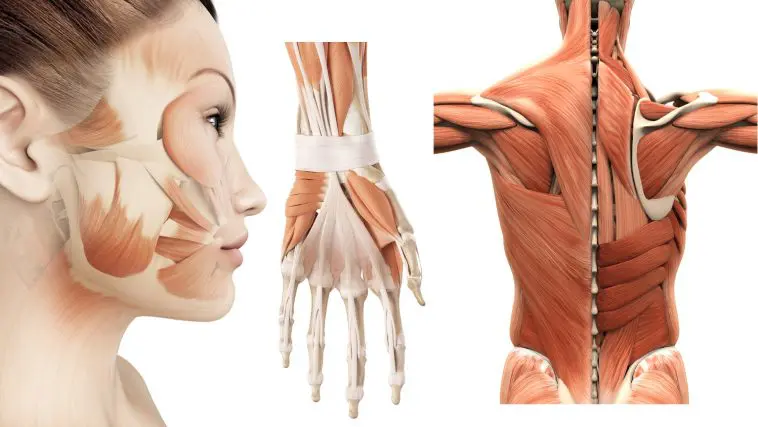[Originally published as Mimicking Our Muscles]
I have been reading about a number of devices invented recently with the purpose of replicating the actions and efficiency of animal and human muscles. Here are a few article titles as examples:
- “Faster Microfiber Actuators Mimic Human Muscle.”
- “Robot Ray Swims Using High-Voltage Artificial Muscles.”
- “Miniscule RoBeetle Turns Liquid Methanol into Muscle Power.”
- “Graphene Overcomes Achilles’ Heel of Artificial Muscles.”
These inventions and other research work are hoped to eventually reap great benefits for micro applications and perhaps, in some cases, even become adaptable for integration into biomedical tissue. However, the researchers are far from duplicating any aspect of the efficiency and capability of animal or human muscles.
These artificial muscles are, so far, either very slow, very inefficient, very uncontrollable, very hazardous, or all of the above. In a word, they are currently not practical for most desirable applications. As an engineer, I appreciate the effort that has gone into these biomimicry projects. I expect great progress may accumulate over time along these lines of research and invention.
God has engineered each of our bodies with more than 600 voluntary muscles, along with a parcel of involuntary ones that automatically keep us alive. Just ponder that for a moment! Imagine the effort that will be required for man to invent a robot with an independent computer control that can use artificial muscles and walk like a human. Each step we take requires the use of about 200 muscles! Yes, we have seen human-like robots walk, but do they walk like a human? Certainly not yet, other than as digitized in the movies.
While I am appreciative of the human genius involved in the development of these artificial muscles, I am bemused by the attitude of those scientists who can describe, define, dissect, and diagram the complex details of the human body and yet not mention the fact of obvious intelligent design therein. For these scientists, it seems that if they can describe something, they believe this automatically translates into our ability to duplicate it.
Here are some principles of design we find in the design of the human body in general and our muscles in particular:
- There are numerous component parts together for a purpose.
- The component parts require a particular arrangement.
- There is a proper alignment between the parts.
- These arrangements involve necessarily precise timing.
- The parts must have exact dimensions and shape.
- Without tight fit constraints, nothing will function.
- The parts and their arrangement are irreducibly complex.
Human inventions require all of these principles as well, including airplanes, automobiles, rocket ships, bulldozers, and robots. The tragedy is when humans are cavalier about taking credit for that which belongs totally to God. In most cases, if the originating subject of a mimicking project is even mentioned, it is defined as a result of the actions of nature.
Consider just a little of God’s design for muscles
Muscles are not inert blobs of tissue. They have built-in characteristics of contractility, elasticity, excitability, and extensibility. The complex structure of muscle tissue would not have gained these characteristics from anything other than intelligent design. The next time you go for a walk, reach for a door knob, turn a page, or close your eyelids, consider all that has gone into the system design that consists of the brain, nerves, and muscles that allow you to do those things.
While most secular scientists and engineers ascribe the design they see around them to random chance or nature, the Bible tells us they are without excuse (Romans 1:20). A careful look at the intricate design and operation of our muscles should by itself be sufficient evidence to know who deserves all the credit. Glory be to our Creator and Redeemer God.






